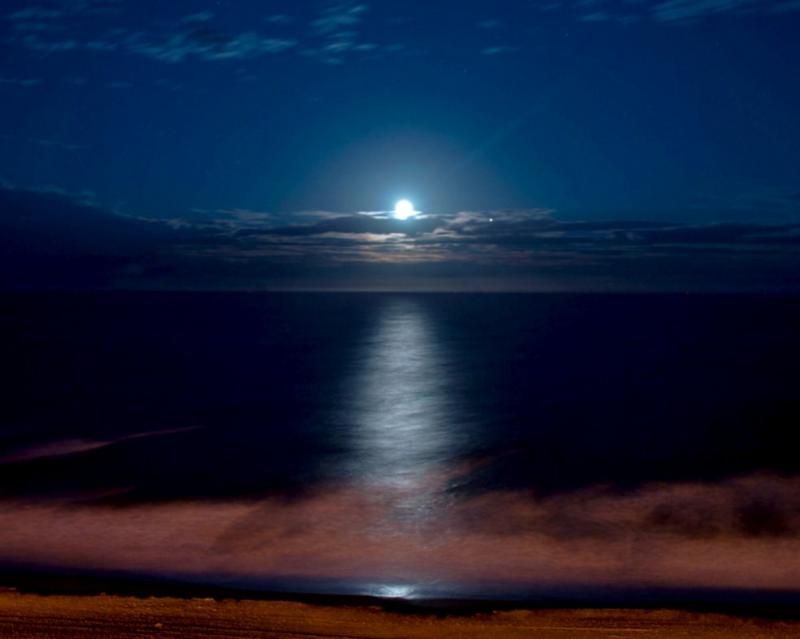
Photo Credit: Tony Fischer Photography via Compfight cc
Last week on Fossil Friday, I presented you with a coral from the Pleistocene which was a little tricky. Because it was a fossil, most commenters on Facebook and the blog assumed this critter no longer existed. But no, these coral are still around today, and it took a researcher at the New England Aquarium, Randi Rotjan, to accurately identify this one, which she called "a fave!"
So what was it? The tag said Astrangia danae, which was very confusing because I could not find any information on this organism. Fortunately NCSE's master archivist, Charles Hargrove, dug around and discovered these guys went by a couple names until pretty recently, and is now identified as Astrangia poculata.
From the Smithsonian's website:
"The northern cup coral, Astrangia poculata, is a large-polyped stony coral...colonies are arranged in rough, irregular white clumps of cups (Kaplan 1988). The polyps are translucent and have a fuzzy appearance when extended.The northern cup coral is found subtidally from Cape Cod, Massachusetts to Florida and the Gulf of Mexico. Clumps are often seen on wrecks and rocks in deep waters (Kaplan 1988). Dead colonies are known to wash ashore."
Kudos to Randi for knowing this one right away!

